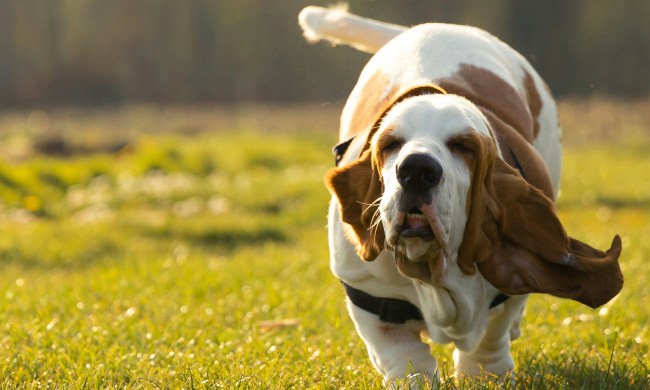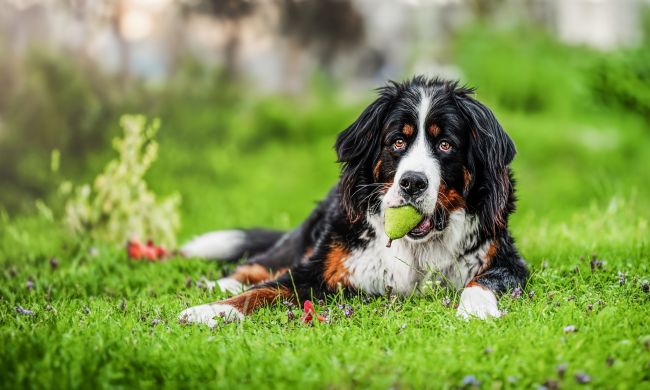So, you’ve decided to adopt a new puppy. First of all, we want to congratulate you on making a decision that will change your life for the better. That being said, adopting a puppy is not without a few challenges. From online scams to potty-training, sharing your home with a puppy requires patience, persistence, and a pet-safe cleaner for the inevitable accident or two. Wondering how to properly potty-train your new pup? We’ve rounded up expert guidance to create the ultimate potty-training puppy schedule for your new fur baby. We’ll cover everything you need to know about potty-training a puppy — including how long it takes, what to expect, and when you should ask your veterinarian for help.
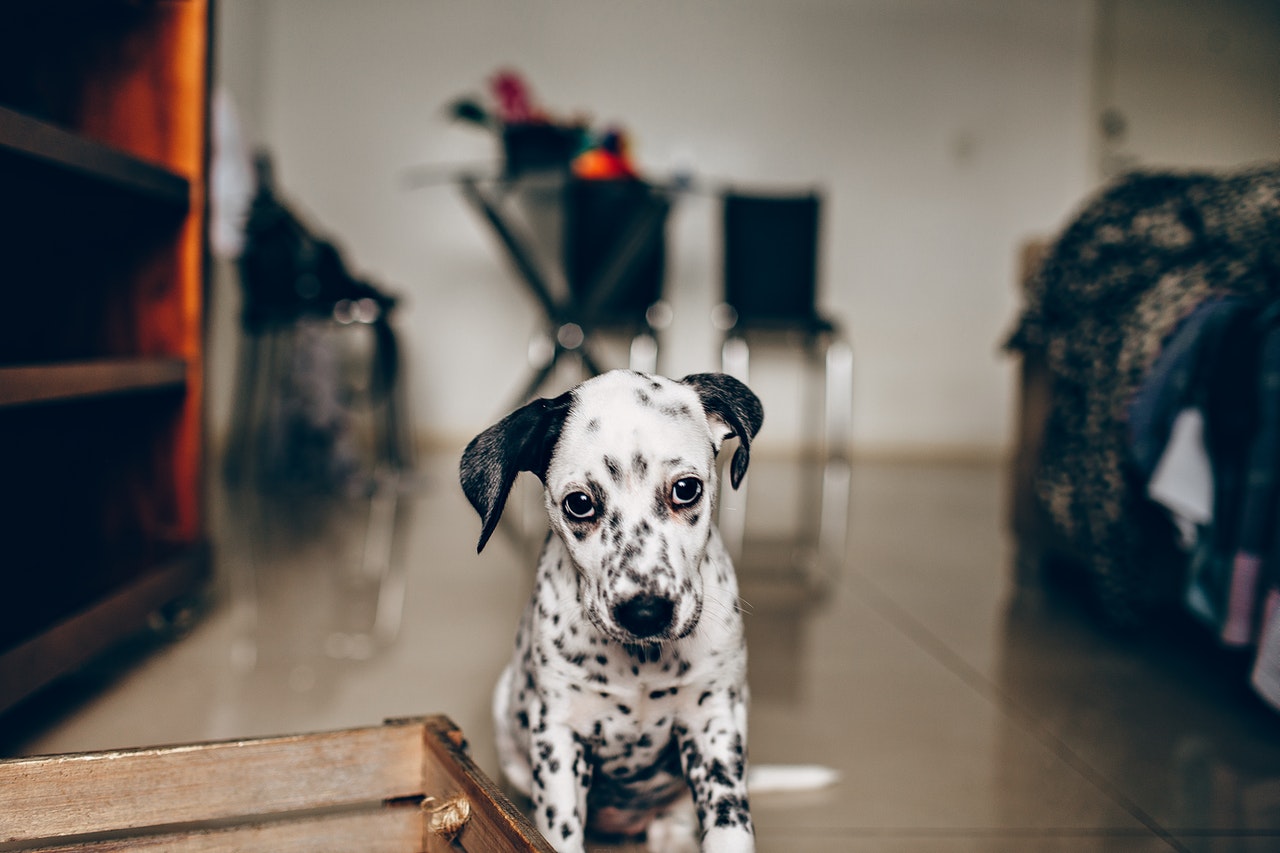
How long does it take to potty-train a puppy?
Experts say potty training should begin between 12 and 18 weeks of age. But how long does it take? According to Dr. Jerry Klein, the American Kennel Club’s chief veterinary officer, it depends on the individual puppy and how well you keep to your potty-training schedule. Klein says, “If training begins early, a 6-month-old puppy is usually able to be depended on most of the time to eliminate outside.” Veterinarians also use the month-plus-one rule, a simple equation for gauging the amount of time your puppy can hold his urine between potty breaks. For example, if your new puppy is 4 months old, add one hour to his age, and your pup should be able to go for a maximum of five hours without needing to use the bathroom. But, as Klein says, your puppy’s potty-training success depends on your schedule. Let’s get into the only potty-training schedule you’ll need to housebreak your pup.

The essential puppy potty-training schedule
Dr. Mary Burch, director of the American Kennel Club’s Canine Good Citizen and S.T.A.R. Puppy programs, recommends crate-training your puppy while you’re housebreaking him. Not only does crate training give your pup a space where he feels safe and cozy, but it also cuts down on the number of accidents you’ll have to clean up during potty training. Keep your pup’s crate in your bedroom, so you’ll be able to hear him if he needs to go outside during the night. By sticking to a strict schedule, you should be able to potty-train your puppy in roughly four to eight weeks. Here’s what your potty training schedule should look like.
Early morning
Set your alarm each morning to allow yourself plenty of time to take your puppy outside. Let him out of his crate and take him outside immediately. If you have a small dog, you’ll be able to carry him outside, preventing accidents on the way. If you have a larger puppy, clip his leash on and take him outside without allowing him to stop and explore along the way. Try to stick to the same area when potty training. The smell of his urine and feces will make your dog more inclined to revisit previously scent-marked territory.
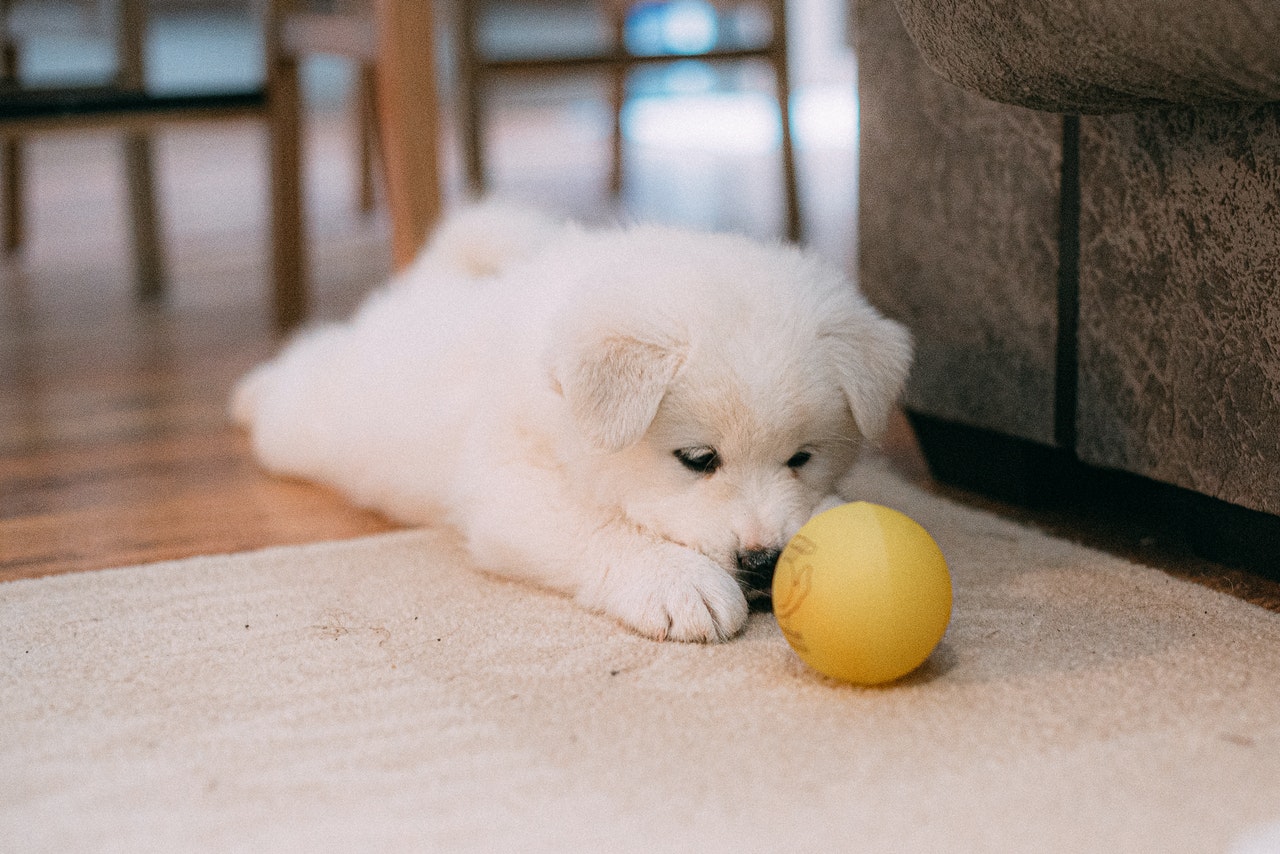
After meals
Your dog’s digestive system is an efficient, streamlined food-processing machine, so you’ll be able to anticipate his needs after he eats and drinks. World-renowned dog trainer Cesar Millan recommends using a consistent feeding schedule and taking your pup outside five to 30 minutes after mealtime. Smaller dogs will need to go outside sooner, while larger breeds may be able to wait the full 30 minutes. Younger puppies will also need to go outside before older pups, as they have smaller bladders and lack the bladder control of older puppies. Most puppies need to eat three to four times a day, so schedule your potty breaks accordingly.
Before you leave the house
Whether you work in an office, or you primarily leave the house to run errands, you should always take your puppy out to potty before leaving your home. Accidents can — and do — happen, especially if you have a quite young puppy. Remind yourself that your pup has a tiny bladder, and he doesn’t fully understand that he can’t go to the bathroom wherever he pleases. Return your puppy to his crate before you leave the house. To further cut down on cleanup, line his crate with pee pads or newspaper to absorb any messes he makes while you’re away.
After naps and playtime
Did you know that puppies spend an average of 18–20 hours a day sleeping? While that may sound like a dream come true, their sleep schedule also means your pup needs to go outside as soon as he wakes up. Because he’s still groggy from his most recent nap, he may not realize he needs to use the bathroom until it’s already too late. (This is one reason we advise you to keep your dog’s crate in your bedroom; he’ll probably need to go outside a couple of times a night, especially while he’s young.) Similarly, you should take your pup out for a potty break after playtime. Exercise speeds up the digestive system, so your pup will need to go outside after you’ve spent time playing together.
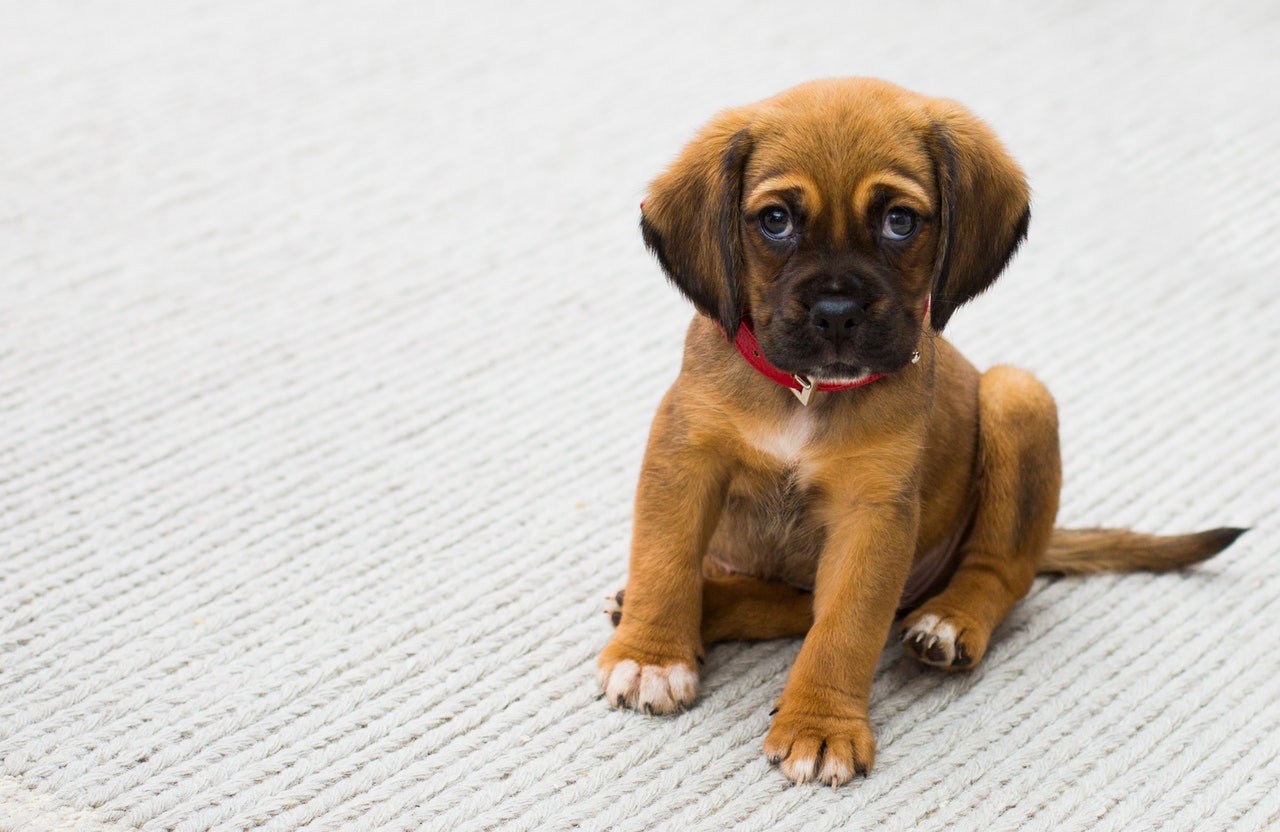
Potty-training your puppy can be stressful, but if you set a consistent schedule, rely on proven potty-training methods, and clean up thoroughly after accidents, you’ll be well on your way to having a housebroken pup in no time. If your pup still has accidents, have your vet make sure he doesn’t have a urinary tract infection or other health problems. Your vet may also have recommendations to make potty training easier for you and your pup.


